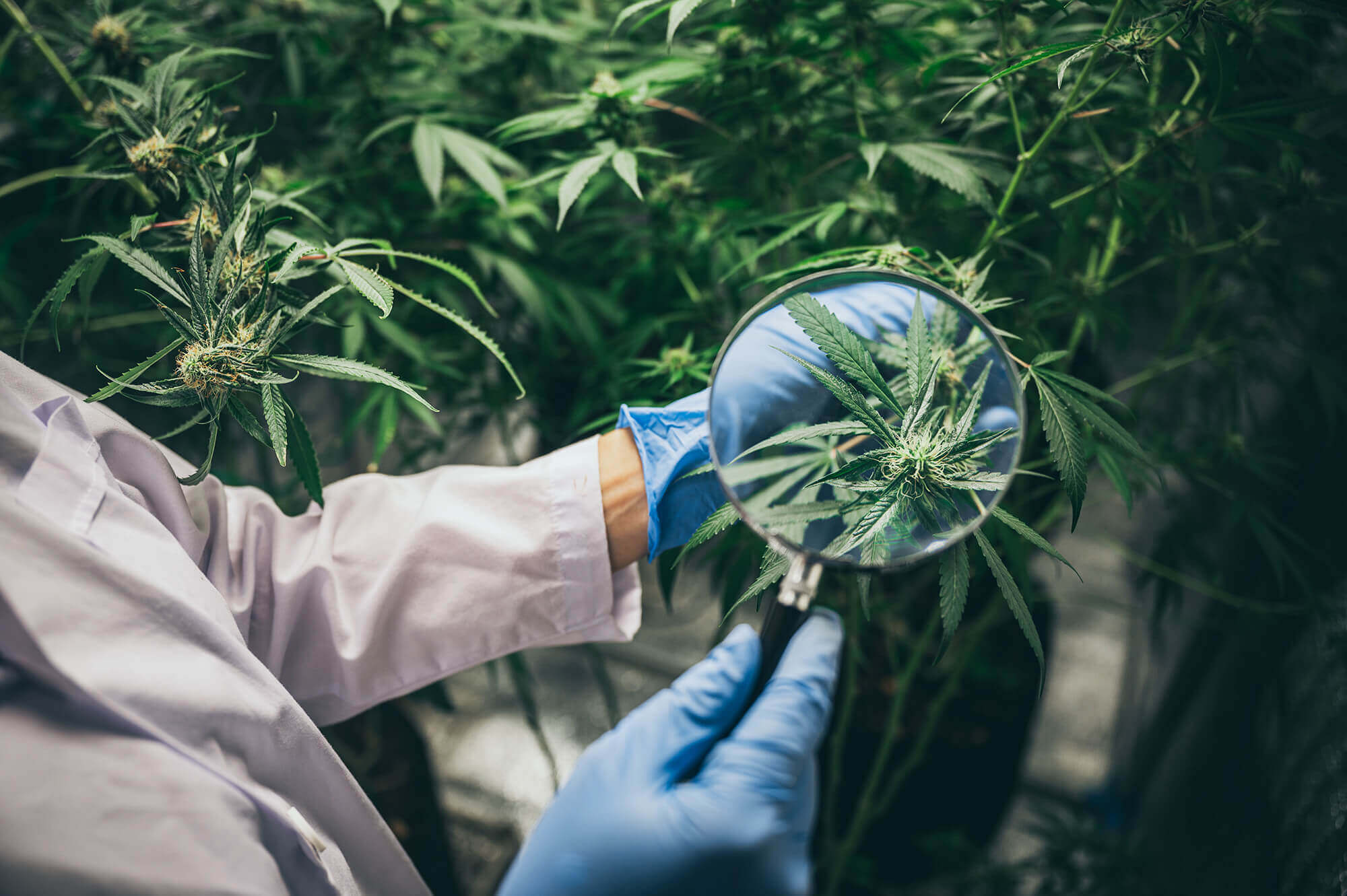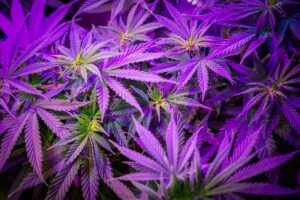Our Cannabis Compound Guide
Cannabis compounds are what give cannabis its effects. They have different flavors, smells, and products. There are over 100 compounds found in cannabis, but we’ll focus on the most popular: THC and CBD.
There are a lot of cannabis compounds to learn about, but that is part of the fun.
As you can see, there is a lot to learn about cannabis compounds. With over 500 potential compounds, it can be overwhelming at first. Don’t worry! The best way to learn about them is by trying them out for yourself and experiencing the vast array of effects they have on your body and mind.
Suppose you find yourself in need of some additional guidance or help to understand the different effects each cannabinoid or terpene may have on your body. In that case, we recommend checking out our Cannabis Compound Guide below!
Cannabinoid: THC
THC is the most well-known cannabinoid, and it’s one of the most researched. It has psychoactive properties and is what gives you a “high” when you smoke cannabis or ingest edibles.
THC can be broken down into different compounds: delta 8. Some strains have higher delta 8 than others; these are known as high THC strains.
Cannabinoid: CBD
CBD is a non-psychoactive cannabinoid found in cannabis. Unlike THC, it doesn’t produce the euphoric high you may be familiar with when consuming THC or medical marijuana.
However, CBD has many therapeutic effects, such as reducing pain and inflammation and acting as an anti-anxiety agent and antiemetic (easing nausea).
CBD is commonly used to treat epilepsy and other seizure disorders. It can also help people who suffer from chronic pain due to its ability to reduce inflammation throughout your body.
Cannabinoid: CBN
Cannabinol (CBN) is a non-intoxicating cannabinoid detected in trace amounts in most cannabis products. CBN is most prevalent in aged or poorly stored samples of cannabis but also occurs naturally during the drying process.
CBN has been found to have sedative properties and may assist with managing insomnia, reducing minor aches and pains, boosting appetite, and decreasing nausea.
Cannabinoid: CBC
CBC is thought to have anti-inflammatory, anti-depressant, and anti-fungal properties.
CBC may help with pain relief by working on the same receptors as THC (the active compound found in marijuana). This works by binding to CB2 receptors in your body, which are involved with inflammation and pain management. It also binds to TRPV1 receptors, which can be activated by heat or capsaicin (the chemical that makes hot peppers spicy). Activating these receptors helps reduce pain signals sent from your brain to the spinal cord. In addition to this, CBC may help improve digestion because it acts as an appetite suppressant when taken orally.
Cannabinoid: CBG
CBG is considered the “mother” of all cannabinoids because it is the precursor to THC and CBD.
With its anti-inflammatory properties, CBG may help with stress and anxiety. It can also help reduce nausea caused by chemotherapy or radiation therapy, which could make it helpful for those undergoing cancer treatment.
Conclusion
Those are the basics of cannabis compounds, but there is still more to learn! If you’re interested in learning more about what’s going on behind the scenes of your favorite strain, check out our resource page for a list of resources we’ve found especially useful. And if you want to be the first to know about new articles from us here at Freebdy, be sure to sign up for our newsletter. We can’t wait to see what comes next in this exciting field!
Information for this article was gathered from the Mayo Clinic website. Read more.





